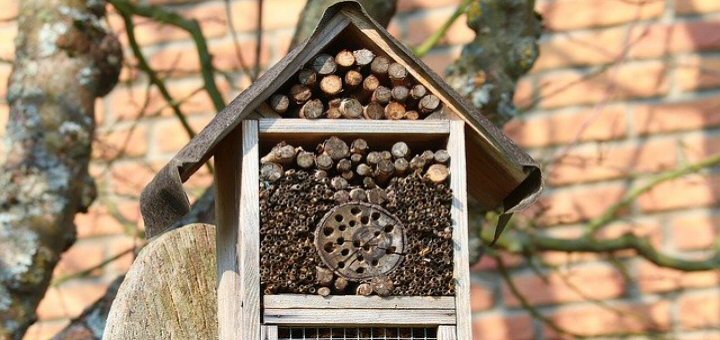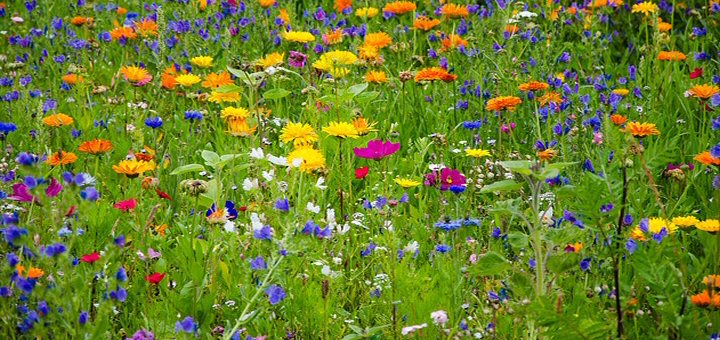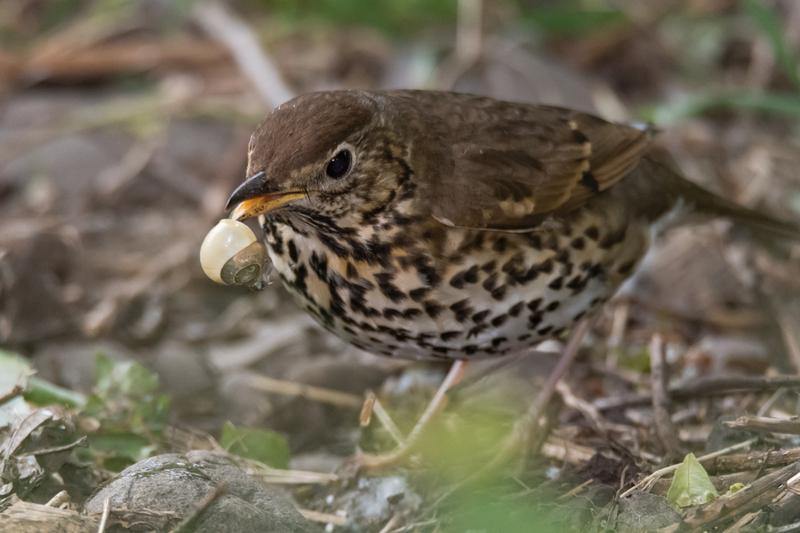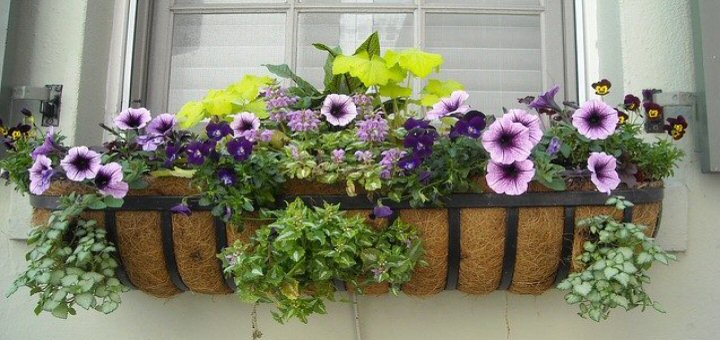
Seven easy ways to help wildlife.
So you live in a town or city and you don’t have a garden. Can you go anything worthwhile to help wildlife thrive?
Of course you can. It needn’t cost very much, either in money or time. Once you have set up your wildlife friendly area you can sit back and enjoy watching the birds and the bees (and butterflies) visiting their new habitat.
Here are just a few easy ways you can start to make a difference. You may like to try them all, or just try out one or two suggestions. Every little helps!
Use Pots and Containers
Pots planted with a wild flower mix or containing shrubs and flowers are particularly attractive to insects. The containers you use don’t have to be expensive tubs from the garden centre. You can use old bowls buckets, tins, even very well cleaned out paint cans, providing they all have sufficient drainage holes. If you have a balcony, that would be an ideal spot to put them. If not, maybe you have a small patio, or just a bit of space by your front door. Use one pot or group several together, whichever, you prefer.
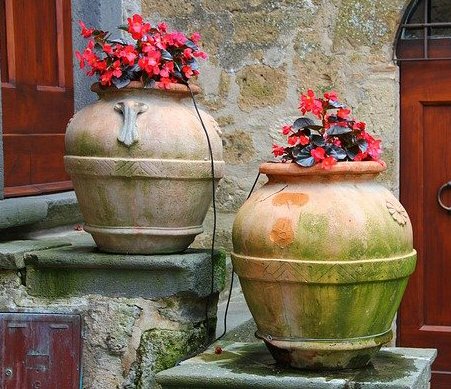
Window Boxes
No outside ground space at all? Maybe you could have a window box or two. They may be a little more complicated to set up, but once safely in position, will be a most attractive addition to your house of flat, as well as offering a haven to insects and attracting birds.
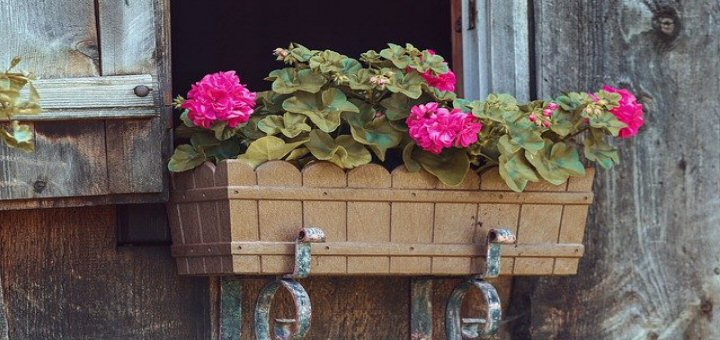
Don’t have a suitable window? Perhaps you could have a vertical garden. If you have a wall or fence you can fix wall mounted planters and fill them with pollen rich plants.
And don’t forget hanging baskets, which needn’t be baskets at all. Any suitable container will do. Well planted, these can add both scent and colour to a drab wall as well attracting bees and other insects.
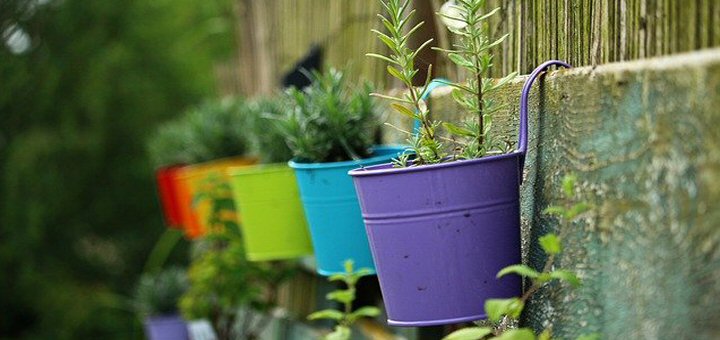
Miniature Ponds in Containers
If you have room for a few pots, then you probably have room for a miniature pond in a container. The obvious thing to use is a bucket, but nearly anything watertight will do, though care should be taken when using something made of metal, as some metals can dissolve in water. If you only have a metal container, then it is probably best to use a plastic liner to be on the safe side. Whatever you use, it must be large enough to contain at least 40 litres of water, and once full it will be quite heavy. Which means you should decide on its final position before you fill it. It needs to be stable and not in direct sunlight. Once that is done, it can be planted with just three or four aquatic plants which don’t grow too big. Then just sit back and wait for the wildlife visitors. For more information follow this link.
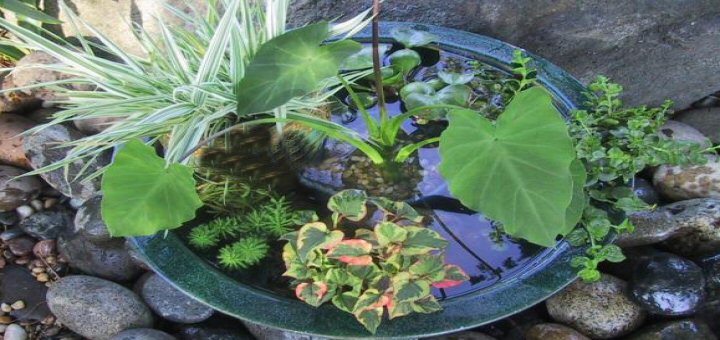
Bird boxes and Feeders
If you really have no space at all, or don’t have the time to care for plants in containers, and they will need some care, if only regular watering, feeding and tidying! Go for the direct approach. Encourage birds to visit by providing feeders, bird baths and even nest boxes. You can buy bird feeders which attach directly to windows, if it isn’t possible to place a free standing bird table or birdbath on a small patch of outdoor space. Or if nothing else is possible, a handful of wild bird seed and a shallow pan of water, if regularly provided, will be a small step in the right direction.
An Insect Hotel
Last, but not least. How about an insect hotel? Once up and running this requires absolutely no maintenance at all. Make one yourself from bits of spare wood or purchase one ready made. The insects won’t mind.
